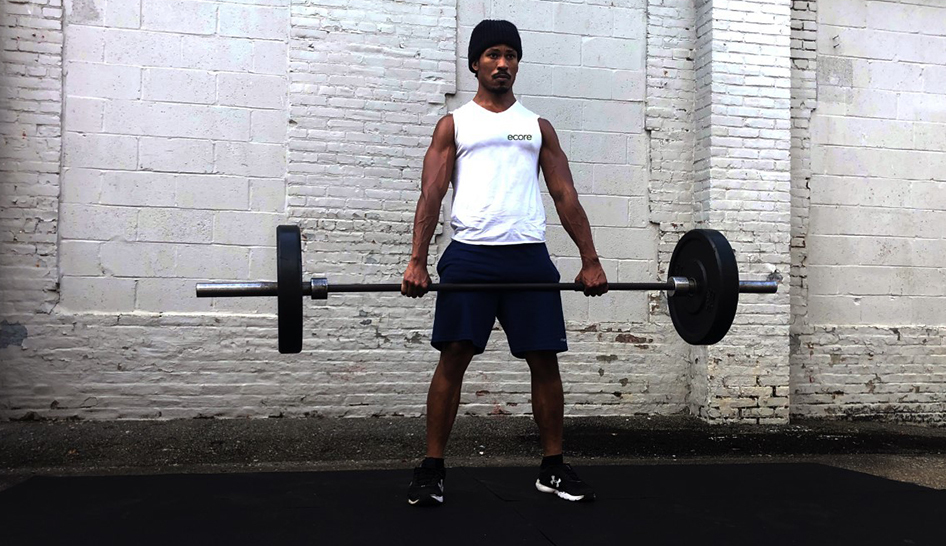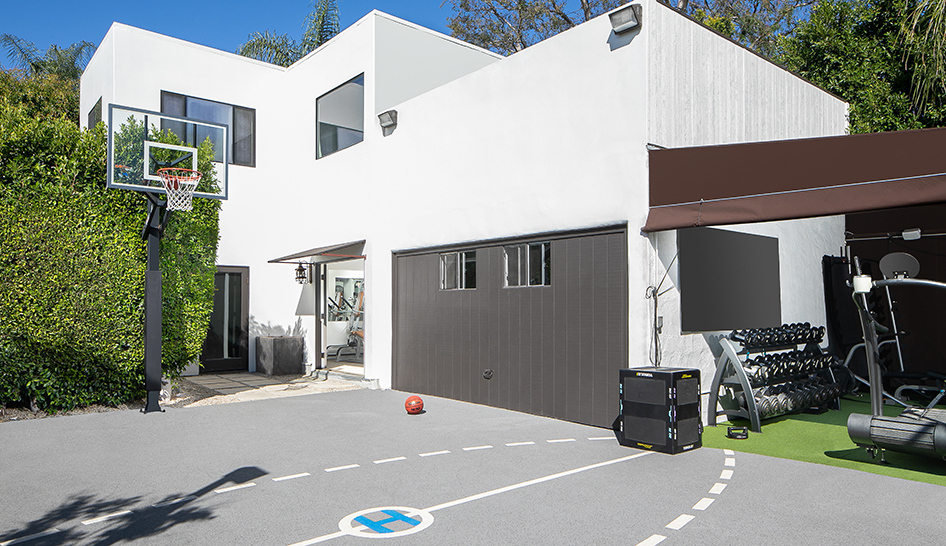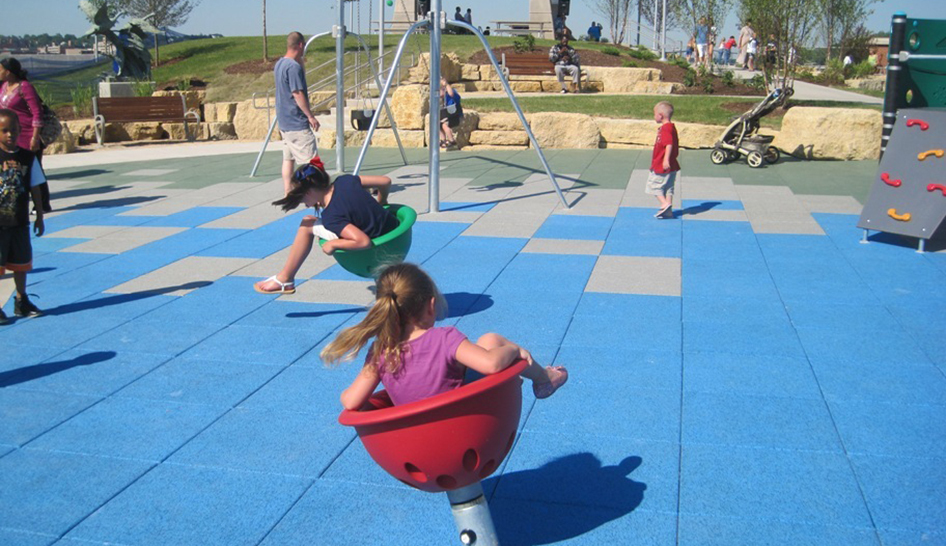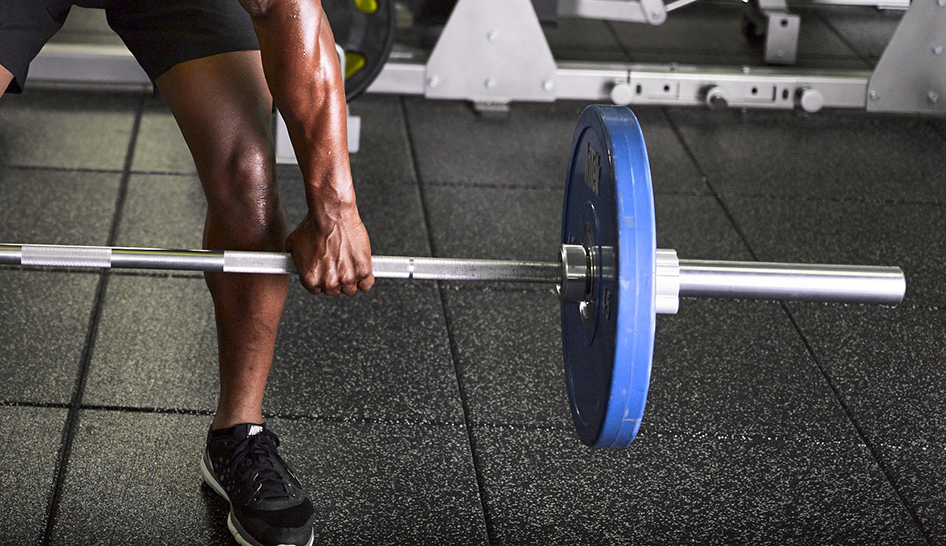Using What You Have
As far as available space goes, you might want to consider flat surfaces, such as parking lots, tennis courts, or outdoor tennis courts as starting points. Most workouts, like cardio, group X, and weightlifting, require a level surface.
“In between those workout spaces, you can play with the landscape and use grading differences to create natural separation between different areas,” says Boogmans. “Use them for sport-specific training, running and obstacle courses, individual exercise stations, and more.”
Of course, the overall size of the area you have matters. When it comes to outdoor fitness equipment, for example, you need to consider equipment safety zones, taking into account distancing needs.
Equip for Your Space
Certainly, when choosing equipment, you want the outdoor area to reflect your existing in-club programming and member needs. But creating an area exposed to the elements adds a level of complexity.
“Equipment durability needs in the outdoors are much higher,” he notes. “The equipment has to be outdoors without any supervision, so it must be able to withstand changes in weather and vandalism.”
In addition, there are safety issues, especially for new users, that may require using equipment that complies with ASTM standards.
Don’t Forget the Kids
Among the benefits an outdoor fitness area offers is that kids love playing in the open air, making it perfect for a daycare space.



